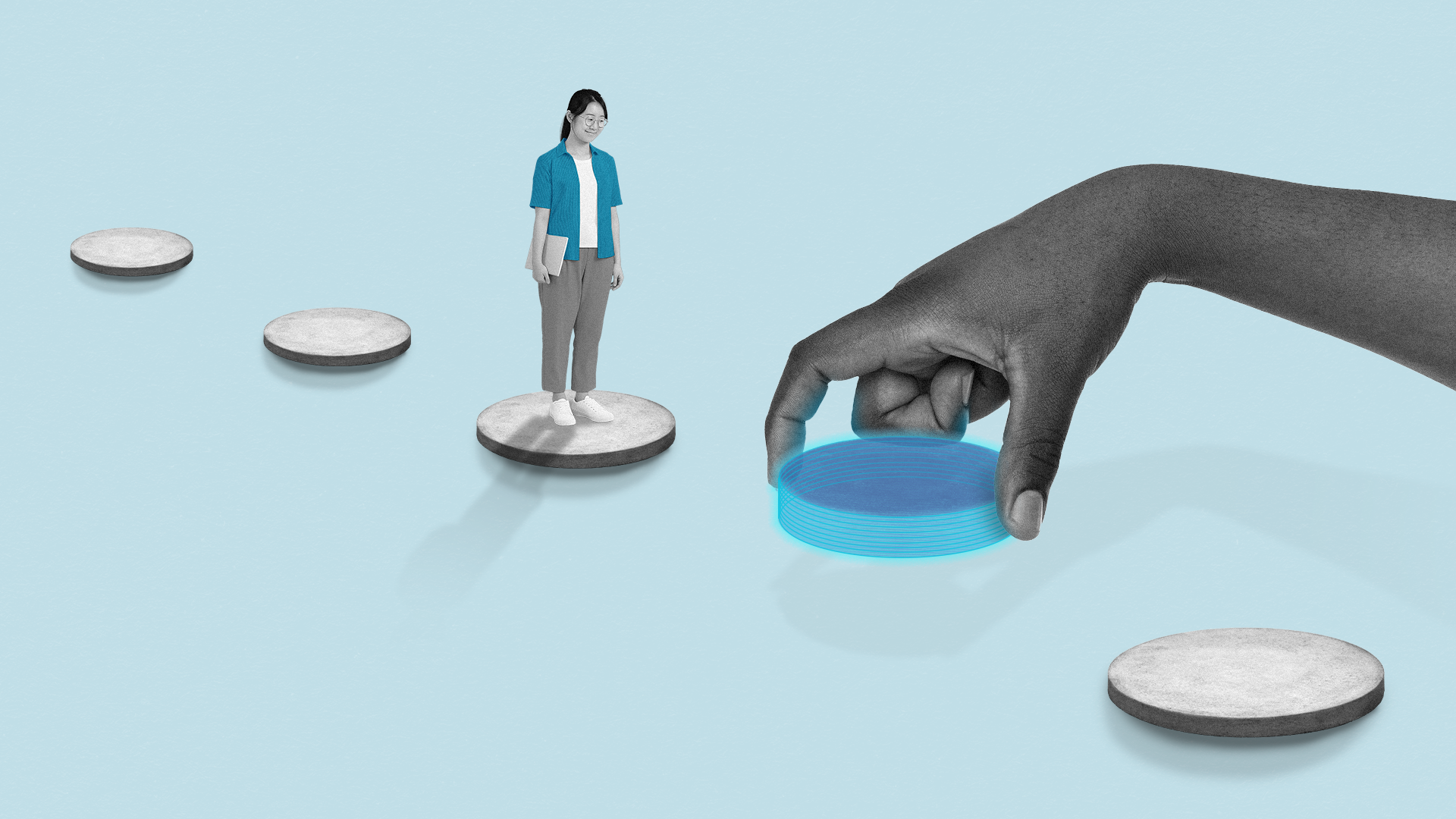Insights
Discover how small, intentional AI steps can improve recruitment, learning, and retention across the learner journey—without losing the human connection.
Learn how data-driven, human-centered strategies improve enrollment, retention, and learner success—without adding new systems or tools.
CHLOE10 reveals why strong orientation is essential for student success and retention. Learn how universities can better prepare learners and faculty for online learning.
CHLOE10 reveals how student demand and faculty preference shape online learning. Explore why universities must design modalities around learning, not logistics.
CHLOE10 reveals how universities use AI for efficiency—but miss its true power to transform learning. Explore expert insights on policy, faculty readiness, and impact.
Explore human-centered AI in higher ed: 4 principles to boost trust, belonging, and learner success while enhancing human support.
See how Furman University’s Osher Lifelong Learning Institute improved access, equity, and community by transforming its registration experience.
Universities need more than patchwork placements. Build proactive, data-driven pipelines that support growth and lasting student success.
Discover how AI can help higher ed institutions go beyond efficiency to build connection, belonging, and stronger learning communities.








